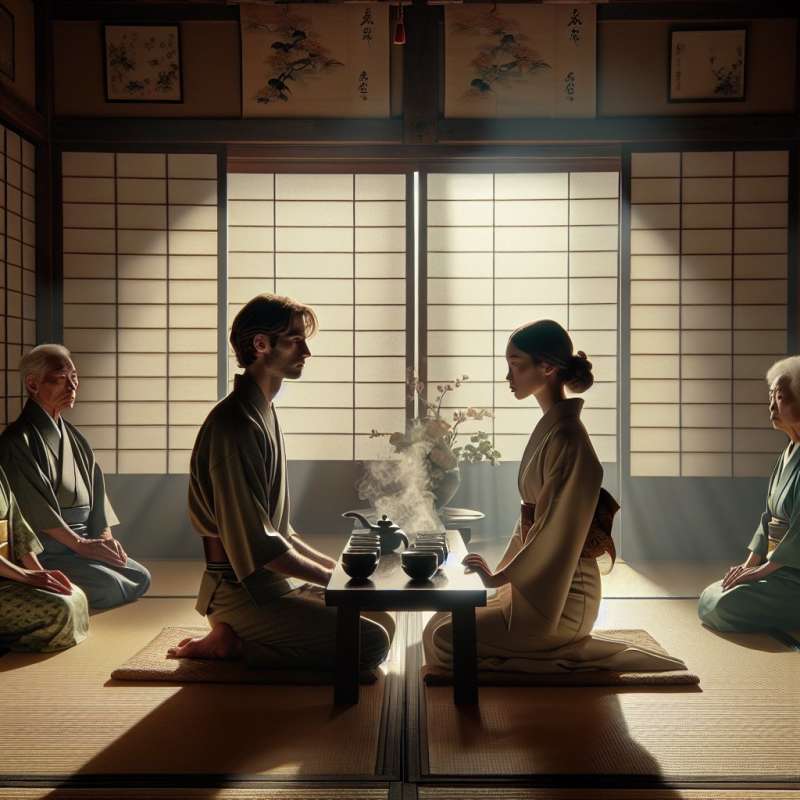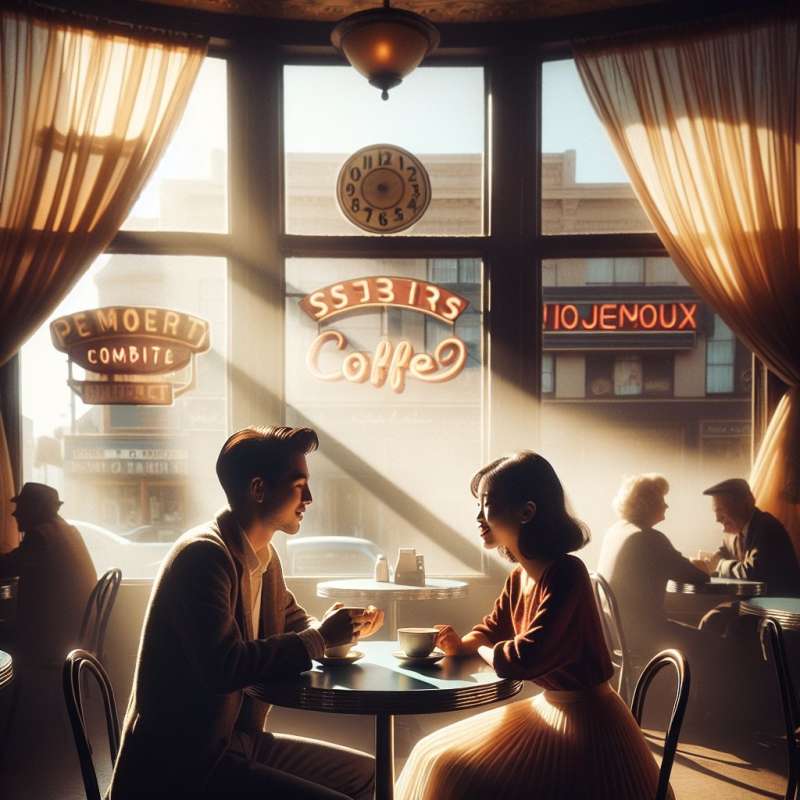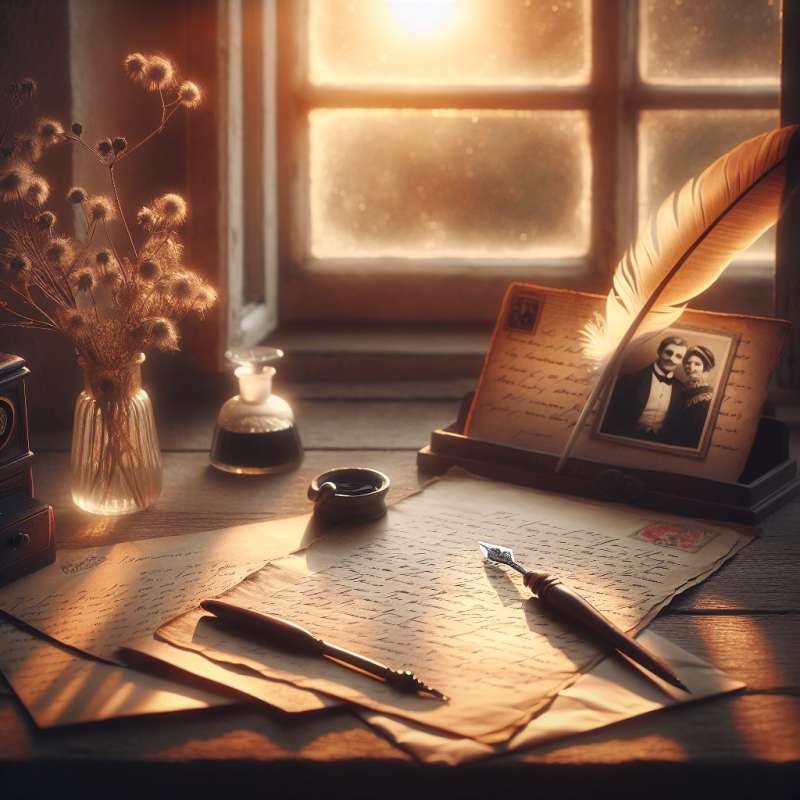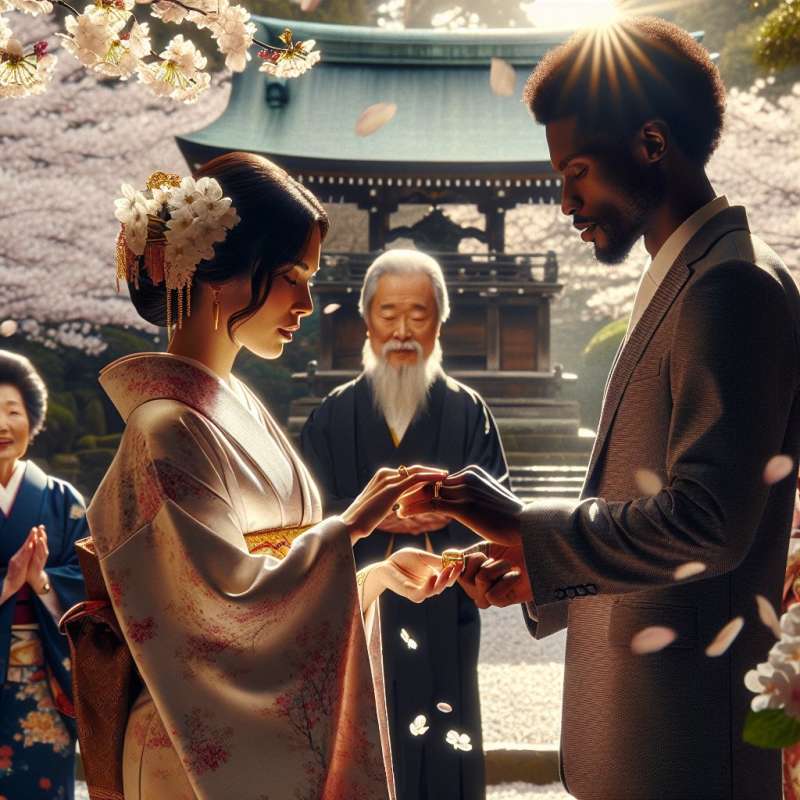
Tashio Era Introduction
The Taisho era, spanning 1912-1926 in Japan, was a time of political liberalism and social evolution. Courtship began reflecting more modern attitudes, influenced by Western customs, yet retaining traditional Japanese elements.
Omiai: Arranged Marriages
Despite modernizing influences, arranged marriages ('omiai') remained prevalent. Families arranged meetings for potential couples, focusing on social status and familial benefits rather than romantic love, which was a secondary consideration.
Love Matches Gain Popularity
As Western influence grew, so did the concept of 'ren'ai' (romantic love). Young people increasingly valued personal connection over family arrangements, leading to a rise in love matches.
Public Courtship Venues
Western-style venues like cafes and movie theaters became popular spots for dates. These spaces allowed couples to interact more freely, outside the watchful eyes of chaperones.
Communication: Love Letters
In an era without instant messaging, love letters were a discreet way to express affection. The art of letter writing was highly valued and fostered intimate bonds between couples.
Courtship Rituals Preserved
Traditional courtship rituals, such as exchanging gifts ('miyage') and visiting shrines together during festivals, remained an integral part of the dating process, blending old customs with new ways of thinking.
Changing Wedding Ceremonies
Taisho era weddings began shifting from Shinto ceremonies to include more Western elements, such as bridal gowns and exchanging rings, reflecting the evolving nature of romantic relationships during this period.
What era does the lesson describe?
Meiji era
Taisho era
Showa era
Company